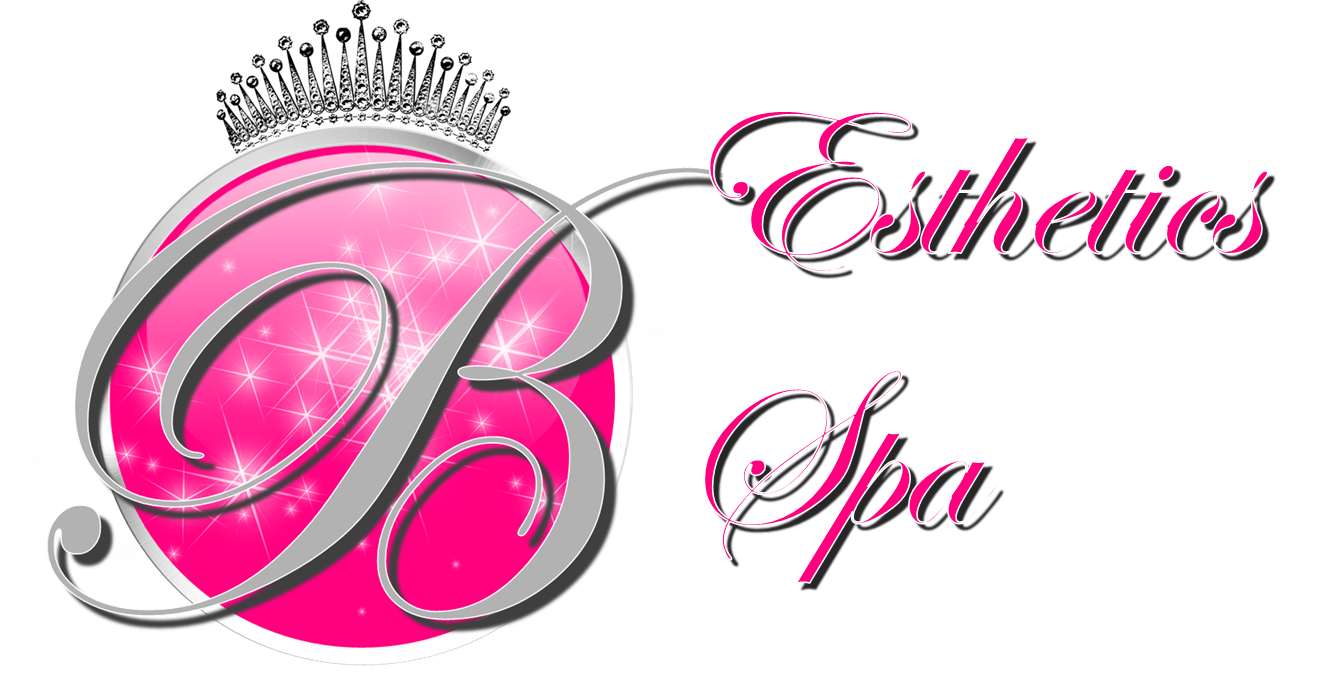A hairstyle, hairdo, or haircut refers to the styling of hair, usually on the human scalp. Sometimes, this could also mean an editing of facial or body hair. The fashioning of hair can be considered an aspect of personal grooming, fashion, and cosmetics, although practical, cultural, and popular considerations also influence some hairstyles.
The oldest known depiction of hair styling is hair braiding which dates back about 30,000 years. In history, women’s hair was often elaborately and carefully dressed in special ways. From the time of the Roman Empire until the Middle Ages, most women grew their hair as long as it would naturally grow. Between the late 15th century and the 16th century, a very high hairline on the forehead was considered attractive. Around the same time period, European men often wore their hair cropped no longer than shoulder-length. In the early 17th century, male hairstyles grew longer, with waves or curls being considered desirable.
The male wig was pioneered by King Louis XIII of France (1601–1643) in 1624. Perukes or periwigs for men were introduced into the English-speaking world with other French styles in 1660. Late 17th-century wigs were very long and wavy, but became shorter in the mid-18th century, by which time they were normally white. Short hair for fashionable men was a product of the Neoclassical movement. In the early 19th century the male beard, and also moustaches and sideburns, made a strong reappearance. From the 16th to the 19th century, European women’s hair became more visible while their hair coverings grew smaller. In the middle of the 18th century the pouf style developed. During the First World War, women around the world started to shift to shorter hairstyles that were easier to manage. In the early 1950s women’s hair was generally curled and worn in a variety of styles and lengths. In the 1960s, many women began to wear their hair in short modern cuts such as the pixie cut, while in the 1970s, hair tended to be longer and looser. In both the 1960s and 1970s many men and women wore their hair very long and straight.In the 1980s, women pulled back their hair with scrunchies. During the 1980s, punk hairstyles were adopted by many people.
